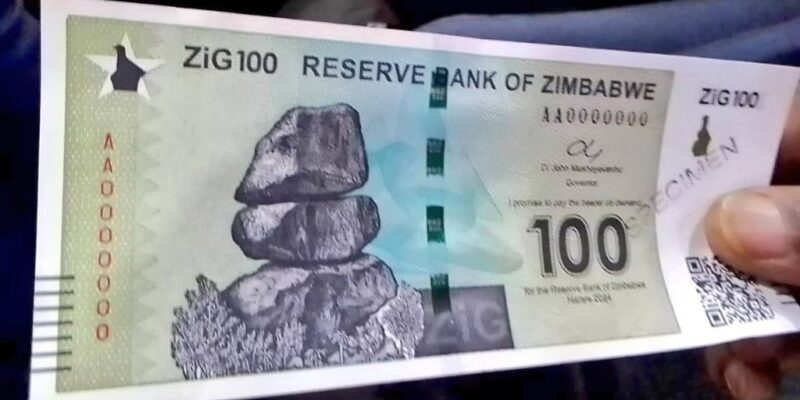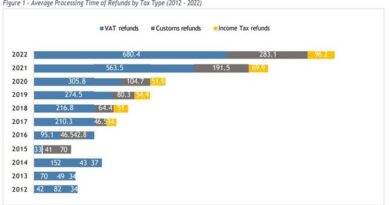Reserve Bank of Zimbabwe Introduces Gold-Backed Currency “ZiG”
The Reserve Bank of Zimbabwe has announced the introduction of ZiG, a new gold-backed currency to stabilize the economy and shield citizens from currency fluctuations and soaring inflation.
The unveiling of ZiG, which stands for “Zimbabwe Gold,” took place on Friday, with Central Bank Governor John Mushayavanhu leading the initiative.
The decision comes at a critical time as the Zimbabwean dollar, also known as RTGS, has witnessed a drastic depreciation, losing three-quarters of its value within this year alone.
Governor Mushayavanhu emphasized the intention to replace the RTGS with the gold-backed ZiG currency. Citizens are granted a 21-day window to exchange their old cash for the new currency.
However, the US dollar, which accounts for 85% of transactions, will continue to be legal tender during this transitional period.
The new ZiG banknotes will be issued in various denominations, including 1, 2, 5, 10, 50, 100, and 200. Additionally, coins backed by Zimbabwe’s gold reserves will be introduced to address the scarcity of US coins, which has led to unconventional forms of change, such as sweets or pens, being utilized in transactions.
The introduction of this gold-backed currency aims to restore stability to the currency market by leveraging Zimbabwe’s significant gold reserves to inspire confidence in the new monetary system.
Gold deposits have long played a crucial role in the country’s economy, constituting nearly 25% of total exports as of January 2024, according to official data.
However, some experts have raised concerns regarding the adequacy of Zimbabwe’s reserves to back the currency effectively and the vulnerability of ZiG to fluctuations in gold prices.
Economist Prosper Chitambara highlighted that neighboring countries like South Africa possess much larger reserves, implying that greater reserves could enhance a currency’s ability to withstand shocks and instill more confidence in its stability.
Source: Copperbelt Katanga Mining



